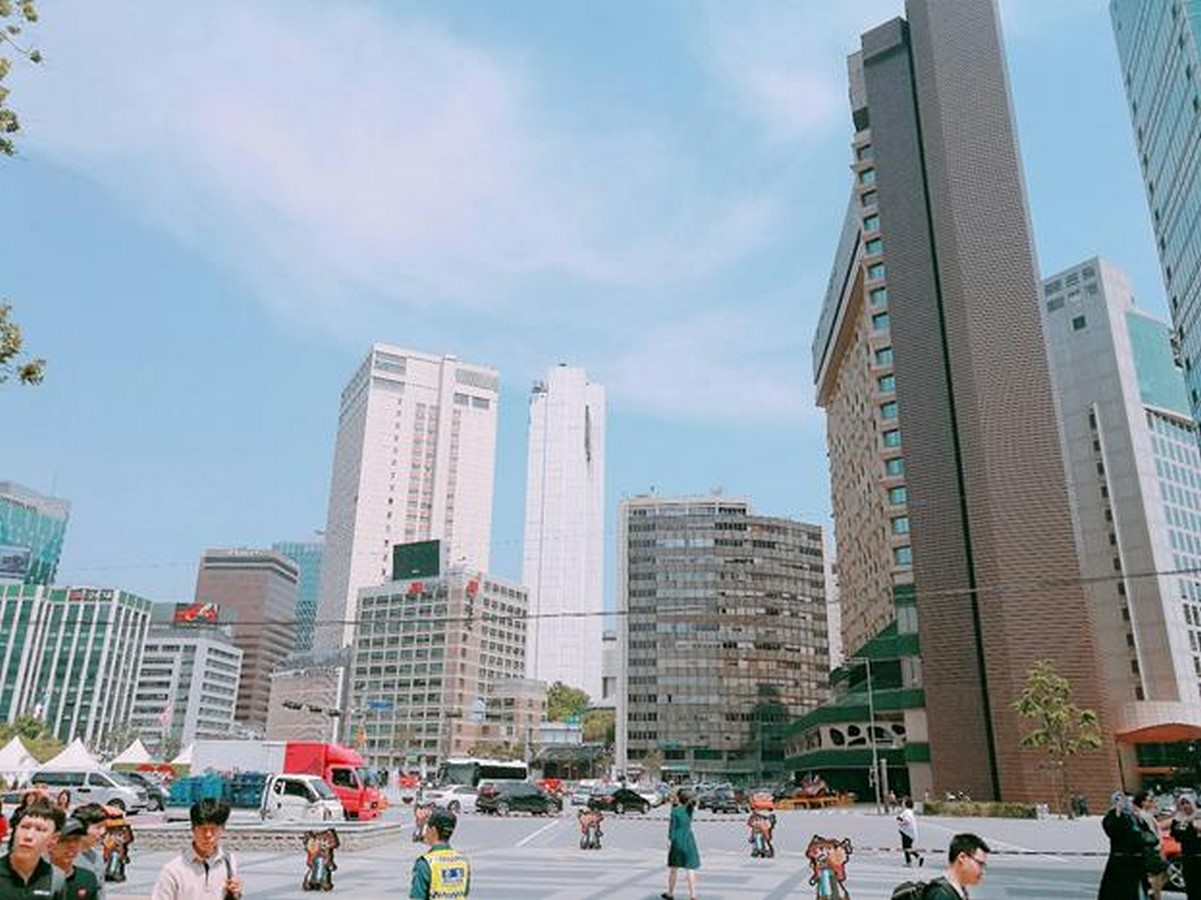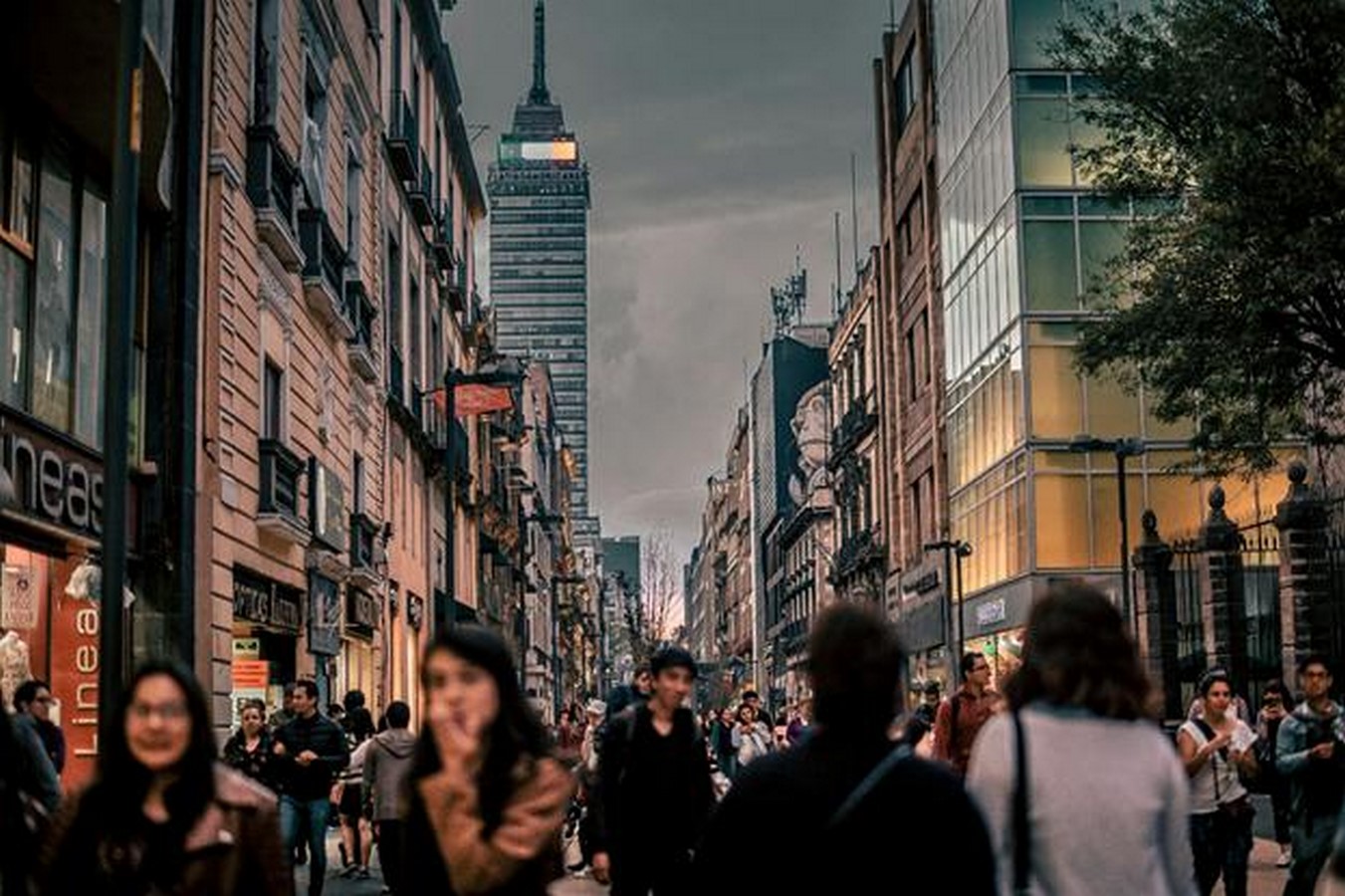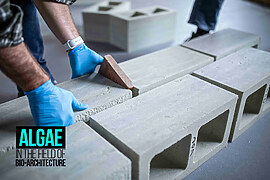Architecture is more than making buildings; it has roles in human behavior and how society is shaped. Between society and architecture there is an intricate dynamic, symbiotic relationship that influences each other in meaningful ways. This article will explore the multi dimensional interactions between architecture and society, diving into the social, cultural, economic and environmental dimensions.

Aspirations, values, and beliefs of society are reflected in architecture. Building design expresses cultural identity in addition to meeting functional requirements. Throughout history, various societies and civilizations have used architecture to convey their distinct identities. Examples of architectural elements that reflect the values and priorities of their respective societies are the majesty of ancient Greek temples, the minute details of Islamic architecture, and the minimalist style of contemporary skyscrapers. Moreover, architecture has the ability to define and mold communities. The general social fabric is influenced by the way public spaces are laid out, how cities are organized, and how buildings are positioned. Well researched and thoughtful design will build inclusivity, the rise of community and provoke social interactions. On the other hand, poorly designed urban environments can result in lack of civic engagement, social isolation and inequality.
Architectural spaces accessibility and usability directly impact social dynamics. The needs of individuals with disabilities and those from diverse cultural backgrounds create an inclusive society where everyone has the chance to thrive equally. Public buildings like libraries, parks, and schools serve as social hubs that promote learning, teamwork and community involvement in addition to purposeful spaces. Economically speaking, architecture is essential to the expansion and development of cities. By creating jobs, boosting small businesses in the area, and drawing in investments, the construction sector—including the architectural sector—contributes significantly to economic activity. Commercial building design and aesthetics have the power to shape consumer behavior and boost a company’s bottom line.

Moreover, famous buildings can serve as markers of both cultural and economic identity, drawing tourists and enhancing the local economy. Cities with unique and well-planned architectural features frequently have an advantage over rivals in the global economy since they become sought-after locations for people to visit, live, and work. Another important aspect of architecture’s relationship with society is how it affects the environment. The main goals to minimize resource consumption, reduce waste and promote energy efficiency in sustainable architecture is increasingly getting more relevant. Building design and construction, starting from material selection to use of energy have a tremendous effect on the environment. Moreover, addressing environmental issues to a public that is becoming more aware of its impact on the environment.
Energy-efficient technologies, building materials and various architectural choices can mitigate climate change. In addition, green areas in urban settings designed to offer leisure activities, support wildlife, improve the quality of the air, will improve societal well-being. The shifting demands and tastes of society are reflected in the way architectural styles have changed. For example, in the 20th century there was a transition from a traditional to modern architecture, both were an aesthetic decision and a response to technologically advanced and industrializing society. Modern architecture was characterized by open floor plans, big windows, and creative material choices that were meant to break from historical norms and be efficient and functional.

Architecture and society are mutually dependent; shifts in society have an impact on architectural trends and vice versa. The architecture that characterizes the built environment changes in step with the values of society. Public awareness of environmental issues are increasing and commitment to responsible living is shown in the increased focus on eco-friendly and sustainable architecture in recent years. The mutual relationship between architecture and society is exemplified by the rapid growth of digital technology. The development of Building Information Modeling (BIM) and computer-aided design (CAD) has revolutionized the way architects work. These technological advancements solve the changing demands and expectations of digitally connected society and makes planning, designing, and visualizing structures more efficient.
In summary, cultural, social, economic, and environmental variables interact in a complex and dynamic way with architecture and society. Architecture shows the values, goals and challenges of a society. How people live, work and interact with each other is shaped by architecture, which can be found in everything from the layout of a building to how urban design of a city is created. The architectural profession will change along with society, and keep adapting to new opportunities and challenges while remaining an essential part of the human experience.
Citation :
1. HMC Architects. (2019). “How Does Architecture Impact Society? A High-Level Look.” HMC Architects. Retrieved from https://hmcarchitects.com/news/how-does-architecture-impact-society-a-high-level-look-2019-10-18/
2. Paul Albert. (n.d). “How Can Architecture Benefit Certain Sections of Society?” Medium. Retrieved from https://medium.com/@paulalbert243/how-can-architecture-benefit-certain-sections-of-society-cb0decc93169
3. Art by Pranali. (n.d). “The Impact of Architecture in Our Daily Lives.” Times of India. Retrieved from https://timesofindia.indiatimes.com/readersblog/artbypranali/the-impact-of-architecture-in-our-daily-lives-51839/
4. Portella. (2023). “How Does Architecture Impact Society?” Portella. Retrieved from https://portella.com/blog/how-does-architecture-impact-society/
5. INJARCH. (2022). “What Effect Does Architecture Have on Society? High-Level View.” INJARCH. Retrieved from https://injarch.com/what-effect-does-architecture-have-on-society-high-level-view/
Citation :
- Architecture 2030. (n.d.). “Why the Built Environment?” Retrieved from https://architecture2030.org/why-the-built-environment/
- Here’s the Harvard style citation for the provided link:
- Brodka, C. (2023, August 23). “Re-Wilding in Architecture: Concepts, Applications, and Examples.” ArchDaily. Retrieved from https://www.archdaily.com/1005791/re-wilding-in-architecture-concepts-applications-and-examples
- Ghisleni, C. (2023, January 12). “Architecture as Collaboration Between Human and Non-Human Species.” ArchDaily. Retrieved from https://www.archdaily.com/994659/architecture-as-collaboration-between-human-and-non-human-species?ad_medium=widget&ad_name=related-article&ad_content=1005791
- Chakraborty, R. (2022). “Eastgate Centre: Green Architecture Innovation Type Enterprise Venture.” City2City Network. Retrieved from https://city2city.network/eastgate-centre-green-architecture-innovation-type-enterprise-venture




















